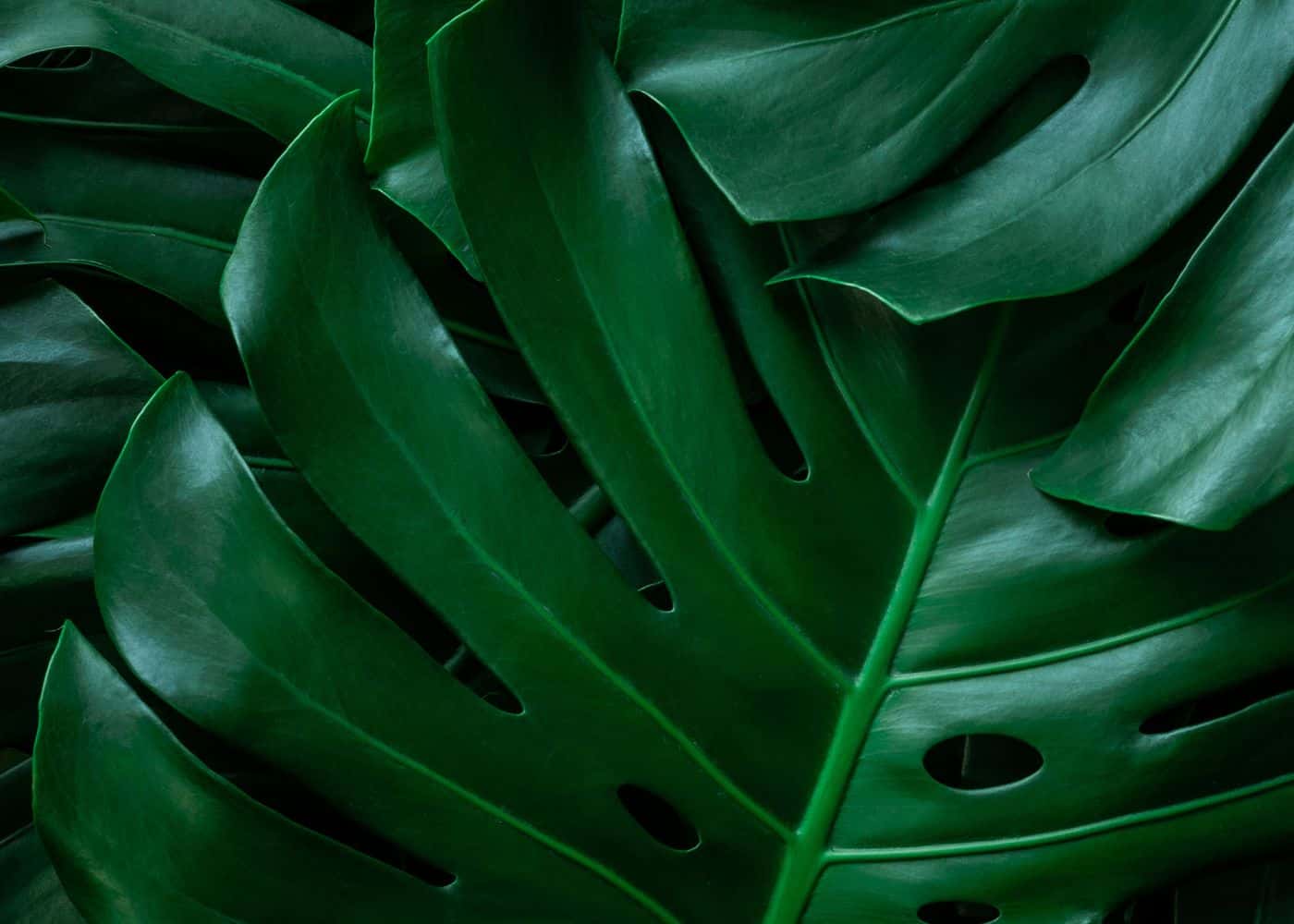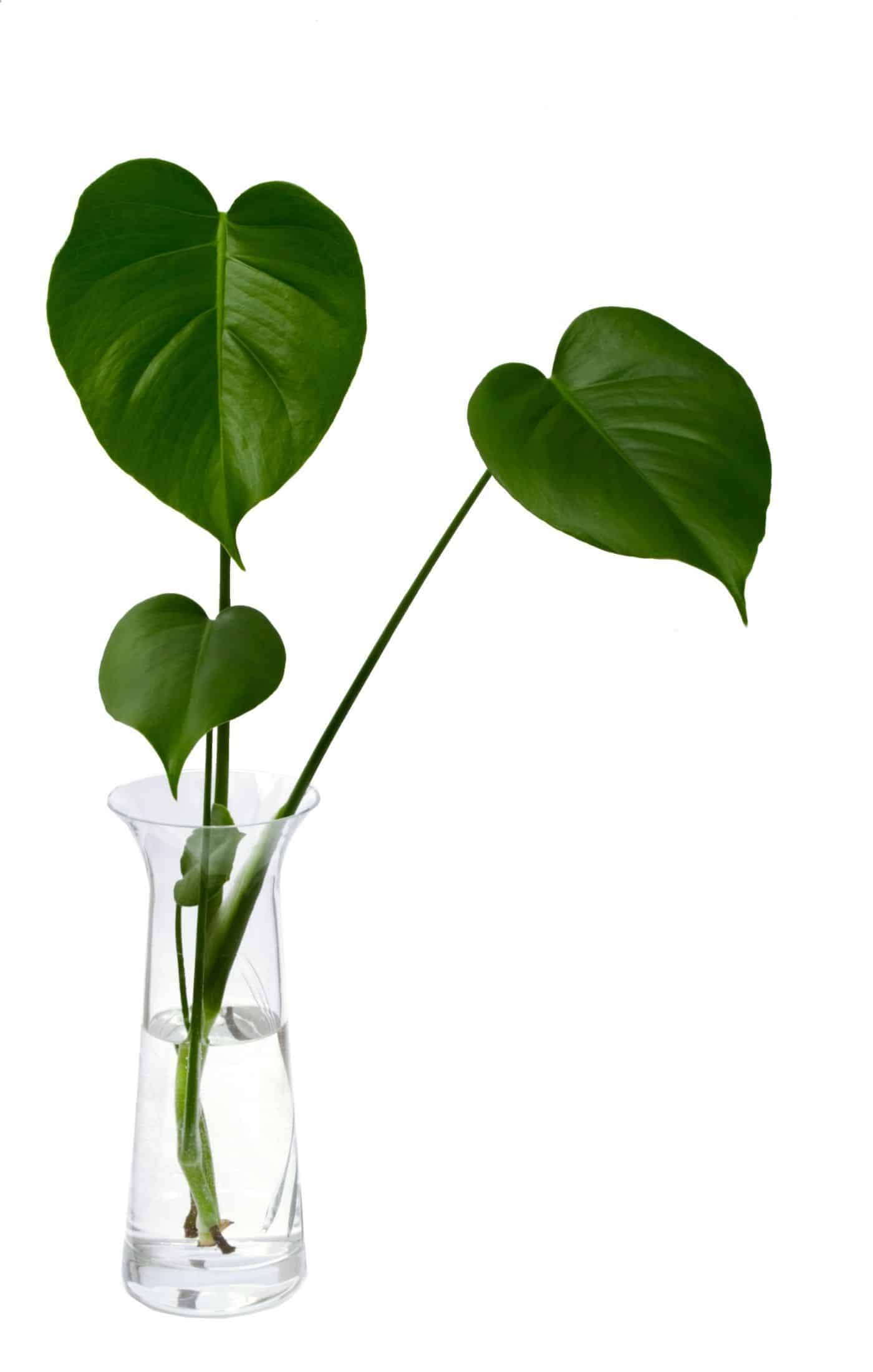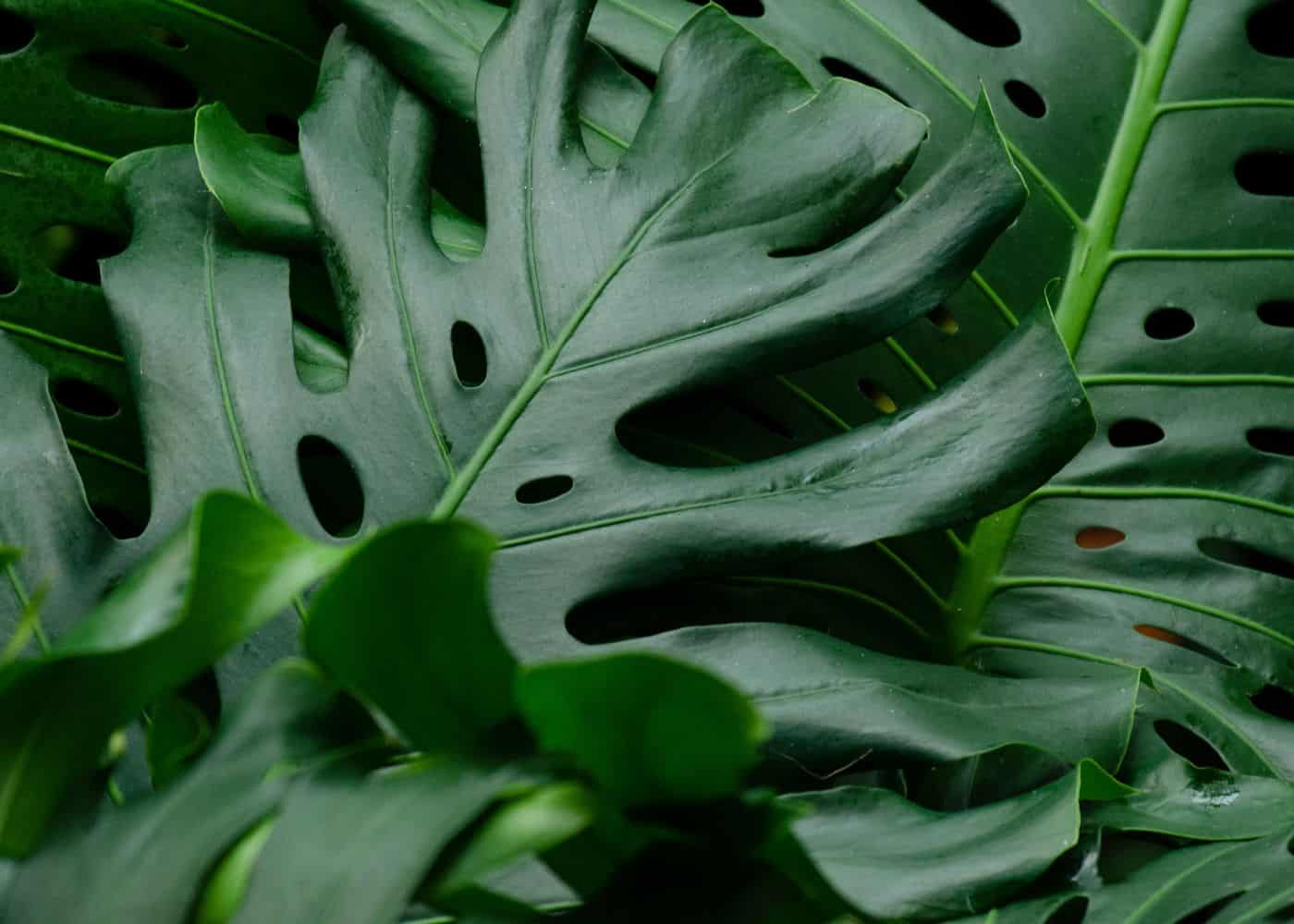Wondering how to grow Monstera plants? Here’s the essential information, ideal growing conditions, propagation techniques, potting and repotting tips, support methods, tips for troubleshooting common problems, popular varieties, plant safety considerations, and the numerous benefits of cultivating Monsteras.
How to grow monstera
When growing Monstera plants, ensure they have a warm, humid environment with indirect, bright light to mimic their native tropical habitat. They require well-draining soil and should be watered once the top inch of soil feels dry, avoiding overwatering to prevent root rot. Support their climbing nature with a moss pole or trellis, and periodically dust their large leaves and check for pests to keep them healthy and thriving.
Monsteras offer many benefits including air purification & aesthetic appeal. Propagation techniques include stem cuttings and air layering. Potting and repotting should be done with care to ensure optimal growth. Consider pet safety when growing Monstera indoors. Despite their beauty and benefits, it’s worth noting that Monstera plants can be toxic to cats, dogs, and humans if consumed.

Ideal growing conditions for monstera plants
Recreating their natural tropical habitat by offering the right balance of:
- Light
- Temperature
- Humidity
- Soil conditions
Light requirements
Monstera plants require bright, indirect light to flourish. Direct sunlight should be avoided, as it can cause leaf burn and prevent the plant from reaching its full potential. If your Monstera is exposed to very low-light conditions, it may produce smaller leaves that lack the characteristic perforations desired by indoor gardeners. To provide the ideal lighting conditions, place your Monstera plant near a window that receives filtered light.
Additionally, you can rotate the plant occasionally to ensure even light distribution, preventing lopsided growth. Ensuring the right amount of indirect light for your Monstera plant will contribute to vibrant, healthy foliage and a robust, thriving plant.

Temperature preferences
Monstera plants prefer air temperatures above 60°F (15°C) and tend to thrive in a range between 65 and 85°F (18-29°C). Cold drafts and drastic temperature fluctuations should be avoided, as they can cause significant leaf drop and stunt the plant’s growth.
To maintain optimal temperatures for your Monstera plant, follow these tips:
- Place your plant away from drafty windows, doors, or air conditioners.
- Monitor the room temperature to ensure it remains within the preferred range.
- If the temperature drops too low, consider using a space heater (and humidifier) or moving the plant to a warmer location in your home.

Humidity needs
Monstera plants thrive in high-humidity environments, with humidity levels preferably above 50 percent. If your home’s humidity levels are consistently low, consider investing in a humidifier to provide your Monstera plant with the moisture it needs for healthy growth. Maintaining a high-humidity environment creates the perfect conditions for your Monstera plant to flourish. You can also mist your Monstera plant’s leaves and exposed roots daily using a spray bottle of water.
Soil types
Monstera plants require a well-draining, organic potting mix, possibly with added components such as:
- Charcoal: facilitates oxygenation of the roots and absorbs excess moisture, preventing root rot.
- Bark: enhances soil drainage and aeration.
- Perlite: prevents soil compaction and improves drainage, allowing air and water to move freely through the soil.
When potting or repotting your Monstera plant, choose a high-quality potting mix designed for tropical plants or create your own custom blend using the components mentioned above. Such well-draining soil promotes the development of strong, healthy roots and vibrant foliage in your Monstera plant.

Propagation techniques for monstera plants
Propagating Monstera plants can be a rewarding and straightforward process, allowing you to create new plants from existing ones. There are various propagation techniques, including stem cuttings, air layering, and root division.
Stem cuttings are the simplest and most common method of propagating Monstera plants. To propagate using stem cuttings, follow these steps:
- Select a healthy stem with several leaves.
- Cut a segment from the mother plant.
- Place the cutting in a jar of water or directly into the soil.
- Ensure that at least one node is submerged or buried.
- Roots will develop over time, and a new plant will emerge.
Another popular propagation technique is air layering, which is considered the most reliable method for propagating Monstera deliciosa.
Here’s how to do air layering:
- Wrap a section of the stem with floral or sphagnum moss.
- Cover the moss with plastic wrap to create a moist environment.
- Wait for roots to develop in the moss.
- Once roots have formed, cut the stem below the new growth.
- Plant the rooted section in a pot.
This technique is particularly useful for large, mature Monstera plants with long aerial roots, as it helps manage the growth of the aerial root.
Potting and repotting monstera plants
Selecting the appropriate pot and soil is vital for the growth and overall health of your Monstera plant. When potting or repotting your plant, select a well-draining porous pot, such as terra-cotta or ceramic, and use a well-draining, organic potting mix with added charcoal, bark, and perlite. Repotting your Monstera plant every two years is recommended, as this allows for continued growth, root expansion, and a fresh supply of nutrients.
Supporting monstera growth
Supporting your Monstera plant is fundamental to promoting new growth and preventing the plant from becoming excessively large and unruly. Monstera plants naturally climb trees and other structures in their native habitat, so providing them with a support structure, such as a stake, moss pole, or trellis, will encourage upward growth and a more compact, manageable size.
To support your Monstera plant, follow these steps:
- Insert a stake, trellis, or moss pole into the pot.
- Gently secure the plant’s aerial roots or stems to the structure using soft ties or plant clips.
- As the plant grows, continue to secure it to the support structure, ensuring that it remains stable and upright.
This added support will encourage healthy, upward growth and create a stunning focal point in your home.
Troubleshooting common monstera problems
Monstera plants, despite their hardy nature, occasionally face issues like:
- Yellow leaves: This can often be attributed to overwatering, so it is essential to ensure that your plant receives the proper amount of water and the soil is well-draining.
- Browning tips: This may indicate a lack of humidity, which can be remedied by misting the plant or using a humidifier.
- Pest infestations: Common pests that can affect Monstera plants include spider mites, mealybugs, and scale insects. If you notice any signs of pests, it is important to take action to control and eliminate them.
By addressing these issues promptly, you can help care for Monstera and keep your Monstera plant healthy and thriving.
Pest infestations, including thrips, scale, spider mites, and fungus gnats, can also pose a threat to your Monstera plant’s health. If you notice signs of pests, apply a natural insecticide to the plant to deter these common invaders.
Monstera species
There are several species of Monstera plants, each with its own unique foliage patterns and growth habits. Some common types include Monstera adansonii (Adanson’s monstera) and Monstera deliciosa (Swiss cheese plant, Mexican breadfruit). Exploring different Monstera varieties can add variety and interest to your indoor plant collection, making them an excellent addition to any home or office space.







